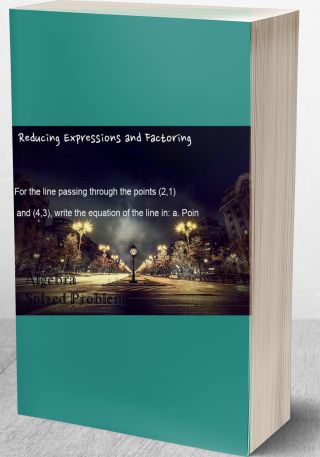A survey was conducted to determine how people rated the quality of programming available on televis
Question: A survey was conducted to determine how people rated the quality of programming available on television. Respondents were asked to rate the overall quality from 0 (no quality at all) to 100 (excellent quality). The results were 32, 34, 40, 43, 44, 47, 48, 49, 49, 50, 50, 51, 51, 52, 53, 54, 55, 59, 62, 65, 66, 66, 70, 70, and 71.
Use the data above to answer the following questions:
a) Construct a frequency distribution table for the quality of programming. Group the data using the classes shown below. Include the frequency, relative frequency, and cumulative relative frequency for each class in the table.
Classes:
o 30 to 39
o 40 to 49
o 50 to 59
o 60 to 69
o 70 to 79
b) What will be the frequency of class number 3? (i.e., 50 but less than 60)
c) Which class has the highest frequency?
d) What is the relative frequency of class number 3?
e) What is the cumulative relative frequency of class number 3?
f) Estimate the probability that a randomly selected viewer would find the quality of programming acceptable, where acceptable means a rating of 50 or more.
g) What may be the problem in using the results of part e) for the entire TV-viewing public?
Deliverable: Word Document



![[Solved] Find z such that 95% of the standard normal curve lies to the right of z. #9894 Hypothesis Testing](/images/downloads-images/featured/Probability-question-897.jpg)
![[Solved] A report states that 40% of home owners had a vegetable garden. How large a sample is needed to esti #23793 Confidence Intervals](/images/downloads-images/featured/Statistics-question-18117.jpg)
![[Solved] At a local college, two professors, Saber and Tooth, are teaching a large section of introductory st #12560 Hypothesis Testing](/images/downloads-images/featured/Statistics-question-6722.jpg)

